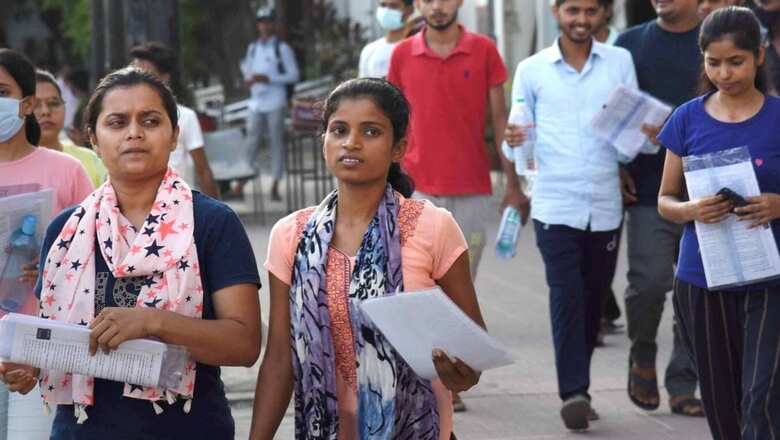
views
The statistics in numbers are faceless, blunt, and many times tell half-truths and encourage people to either misread or read them to prove their political arguments. Recently in the Rajya Sabha, while replying to the question of one of the members, the Union Minister of State for Education, Subhas Sarkar, presented data of the number of dropout students from Other Backward Classes (OBCs), Scheduled Castes (SCs) and Scheduled Tribes (STs) in all Central Universities, Indian Institute of Technology (IITs), and the Indian Institute of Management (IIMs) of the country.
If you see the number of dropouts, it is around 25,000 in the last 5 years. If someone sees merely numbers, he/she cannot understand the larger narrative behind these. In fact, numbers always remain attached with context and narrative which can explain the making of these numbers. Behind every number is reality, and one should see that.
In the same reply, Sarkar explained the statistics and said a majority of these students were in postgraduate and PhD programmes. He further explained that the main reasons behind the students dropping out are offers for placement in private sector enterprises and personal preference for better opportunities elsewhere. For undergraduate programmes, the top causes of students withdrawing included “wrong choices filled, poor performance, and personal and medical reasons”.
So dropouts may be read as both positive and negative. Another type of dropout may be compulsive ones due to medical reasons, etc. If analysed carefully, one can understand that the dropout rates in UG classes are negligible and in PG and PhD programmes, the dropouts are caused by career offers, as the Minister of State for Education explained. Statistics, therefore, are not always alarming but may contain mixed situations such as career options, medical reasons, etc.
Sarkar also explained the measures which the Ministry of Education, UGC and other education monitoring agencies are taking to minimise dropouts in higher educational institutions. These included the appointment of advisors to monitor the academic progress of students, provision of additional classes for academically weaker students, peer-assisted learning, counselling to de-stress students, psychological motivation, and extracurricular activities. That is why merely statistics, without an explanatory narrative, may tell a half-truth, which may be manipulated and misrepresented as arguments due to various reasons.
It is also important to mention that since 2014 there has been a constant increase in enrolments of SCs, STs, OBCs, and other minority groups in higher academic institutions such as central universities and IITs. It shows that the campuses and the entire system of higher education in India are evolving as inclusive spaces for socio-economic deprived groups (SEDG). This shows that the poor and the vulnerable are a priority for the government and its education system.
The National Education Policy (NEP) 2020, which has completed three years of implementation, has made various transformative provisions for SEDG students. These provisions look effective enough to provide financial and emotional support and counselling to SEDG students. A separate budget is allocated in NEP 2020 to evolve campuses for students of socio-economically deprived groups which contains SC/STs, OBCs and other minority social groups who come under the SEDG category. So, please don’t just see ‘bare numbers’, they will mislead you.
The writer is a Professor and Director at GB Pant Social Science Institute, Prayagraj, and author of ‘Republic of Hindutva’. Views expressed in the above piece are personal and solely that of the author. They do not necessarily reflect News18’s views.


















Comments
0 comment